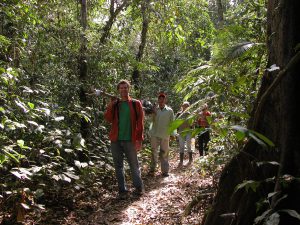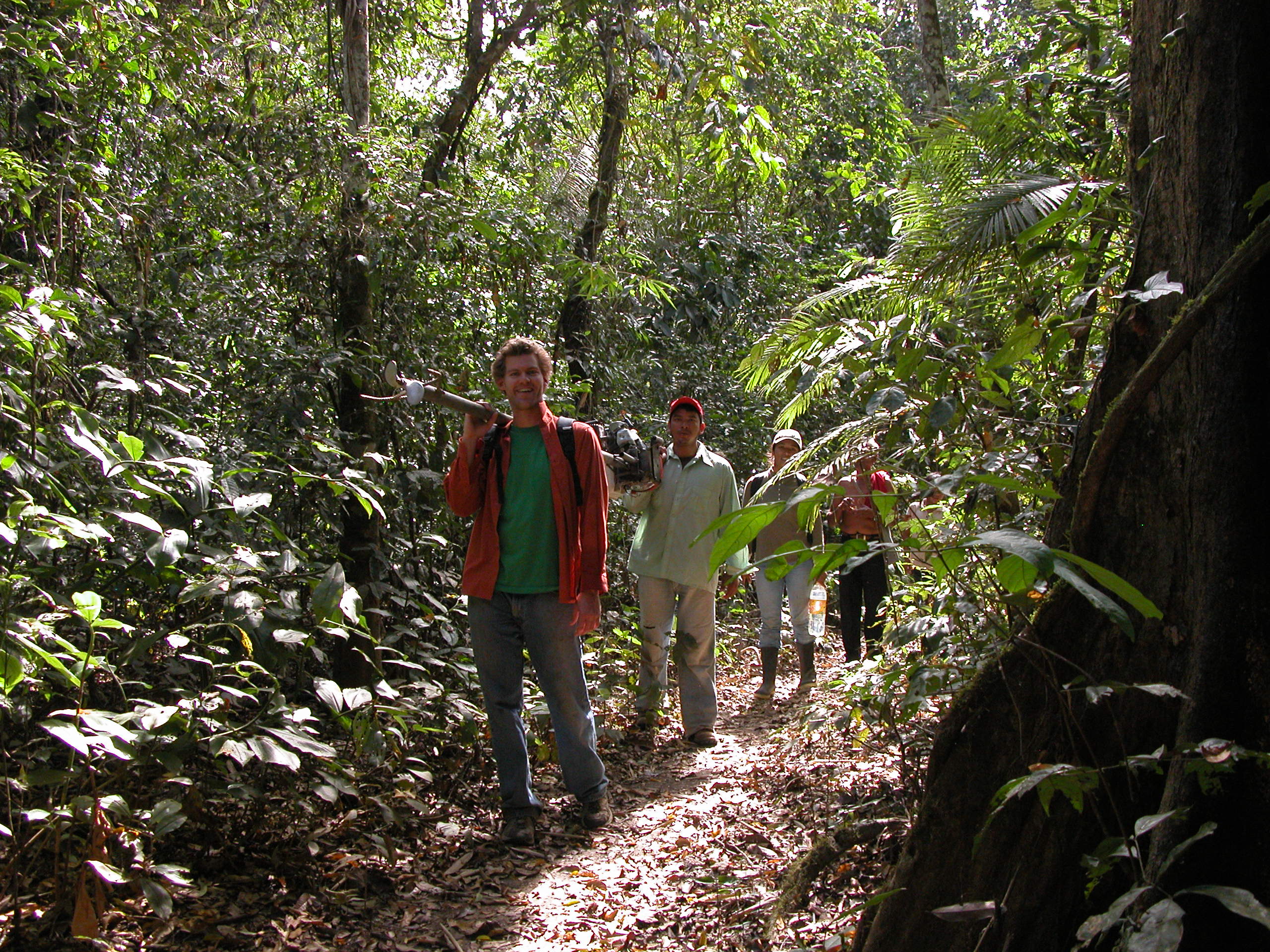
TUSCALOOSA, Ala. — Research co-authored by two University of Alabama geography professors published today in an online edition of Nature, the world’s most highly cited interdisciplinary scientific journal.
On average, Nature publishes only 8 percent of the 200 or more research papers submitted for publication each week due to rigorous selection criteria, according to the journal. In 2013, only 856 of the 10,952 papers submitted to Nature were published.
Most submissions are declined without being reviewed.
Dr. Angelica Almeyda Zambrano, UA adjunct professor of geography, said getting published in Nature was a well-earned victory for the whole team.
“We’ve never been published in Nature before,” she said.
The research paper, “Biomass Resilience of Neotropical Secondary Forests,” is about the natural rate of recovery of secondary forests in the neotropics of Latin America after deforestation.
A secondary forest is a forest that’s been naturally regrown – without human interference – after an old-growth forest has been cut down. An old-growth forest is an original forest of native trees that’s been mostly undisturbed by man.
“Globally, an area of rainforest about the size of a U.S. football field is lost every second,” said Dr. Eben Broadbent, UA assistant professor of geography. “Deforestation in Latin American countries is very high, with Brazil having among the highest rates in the world.
“On a global scale, there are half old-growth forests and half secondary forests.”
Most old-growth forests throughout Latin America are cut down so the land can be farmed. But once the soil loses its fertility, farmers abandon the land and move on.
“It loses its fertility, and people let forests regrow in them just like anywhere here in Alabama,” Broadbent said. “After a certain amount of time, they become forest again.”
“The question we asked was, ‘how fast are they becoming forests again?’”
Including Almeyda Zambrano and Broadbent, a total of 65 professors representing 45 colleges and universities teamed to answer that question. They explored 45 secondary forest sites across Latin America and measured approximately 170,000 trees.
What they discovered is that the rate of recovery for secondary forests is dependent upon rainfall totals, what the land was used for after an old growth forest was cut down, climate and landscape.
“Rainfall came out as being the most significant factor,” Broadbent said. “That’s really what’s going on here.
“Wet forests have a quicker recovery rate, and dry forests typically have a very low regrowth rate.”
Almeyda Zambrano said the paper is the first to be published showing the rate of secondary forests recovery.
The research has wide-ranging impact because secondary forests recovery affects the global carbon cycle, which affects global warming and climate change.
“Globally, forests uptake carbon at different rates,”Almeyda Zambrano said. “Understanding how this rate is distributed is important because the more carbon that is taken up by forests the less that remains in the atmosphere, and the less that remains to contribute to global warming. These findings have implications which are very relevant to international policy making.”
Almeyda Zambrano and Broadbent spent four months in Bolivia in 2007 collecting the data they contributed to the study. Of the approximate 170,000 trees analyzed in the study, they examined about 8,000 of them.
They also conducted geospatial analyses for the study and created the maps showing regrowth carbon uptake rates featured in the journal.
The geography department is part of UA’s College of Arts and Sciences, the University’s largest division and the largest liberal arts college in the state. Students from the College have won numerous national awards including Rhodes Scholarships and Goldwater Scholarships.
Contact
Jamon Smith, UA media relations 205/348-4956, jamon.smith@ua.ed
Source
Dr. Eben Broadbent, 650/204-1051, eben@ua.edu; Dr. Angelica Almeyda Zambrano, 650/204-1052, angelica@ua.edu
